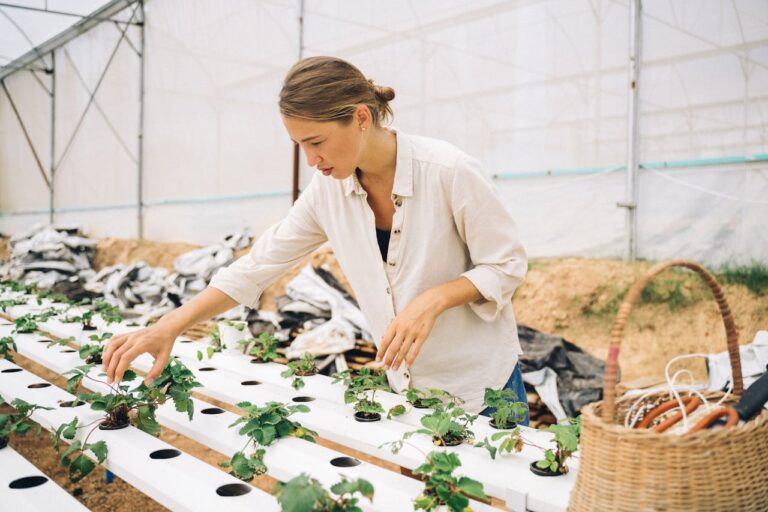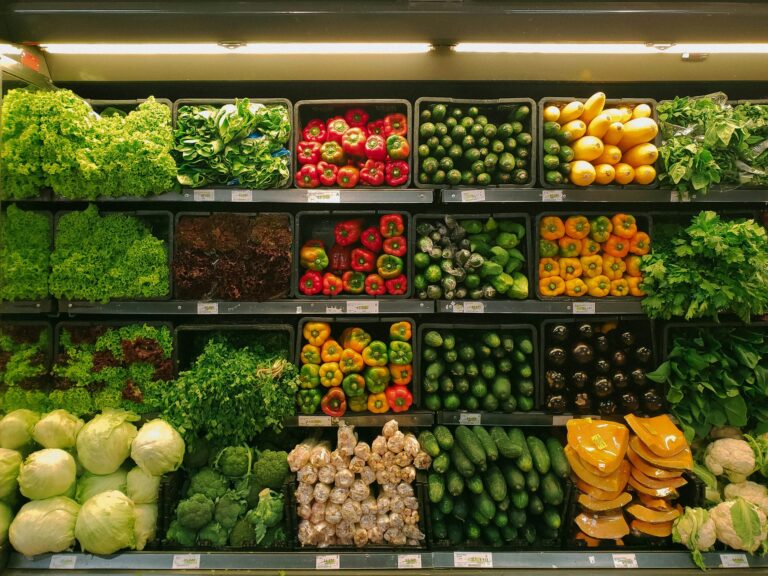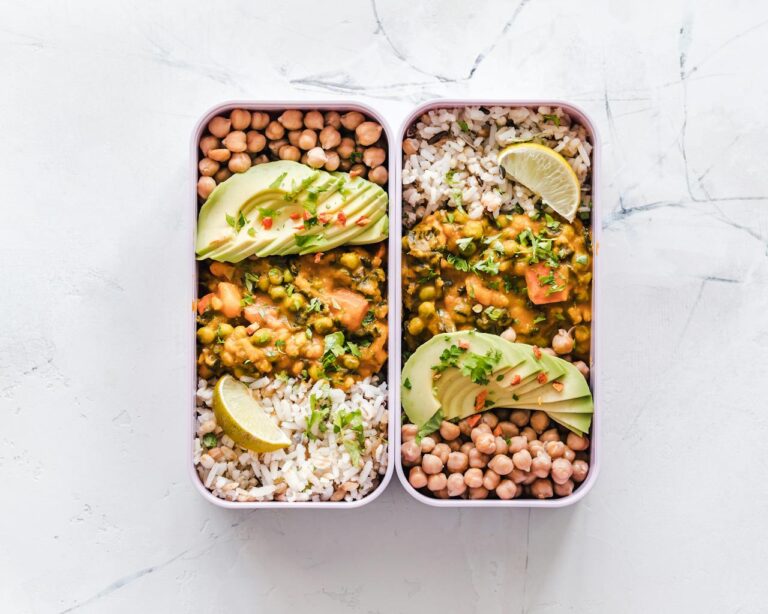Imagine stepping outside your back door and picking fresh ingredients for dinner. A backyard food garden isn’t just a quaint idea—it’s a practical, empowering, and budget-friendly way to feed your family. With grocery prices fluctuating and food security becoming more important than ever, growing your own produce ensures that you have access to fresh, nutritious food year-round.
A well-planned food garden maximizes space, reduces waste, and provides continuous harvests. Whether you have a sprawling backyard or a modest patch of land, the right strategy can turn any space into a self-sustaining grocery store. Here’s how to design a high-yield garden that produces the food you eat most.
1. Assess Your Space
The foundation of a thriving garden starts with choosing the right location. Sunlight is key—most vegetables need at least six hours of direct sunlight daily to grow efficiently. Observe how the sun moves across your yard throughout the day and identify the sunniest spots for planting.
Drainage is another crucial factor. If your yard retains too much water, certain plants may struggle. Look for areas with well-draining soil or consider building raised beds to improve water management. Access to a water source also matters—placing your garden near a hose or rainwater collection system will make irrigation easier and prevent dry spells from damaging your crops.
2. Pick High-Value Crops
Maximize your grocery savings by prioritizing crops that are expensive at the store or frequently used in meals. Selecting high-yield plants ensures you get the most out of your space.
Some of the best options include:
- Tomatoes – A staple in countless dishes and easy to grow in containers or raised beds.
- Lettuce – Fast-growing and ideal for multiple harvests, reducing your need for store-bought greens.
- Zucchini – A high-producing vegetable that can provide dozens of pounds per plant in a single season.
- Herbs (basil, rosemary, cilantro) – Herbs are costly at grocery stores but grow abundantly at home, adding fresh flavor to meals.
- Bell peppers – Packed with nutrients and easy to grow, they thrive in warm climates.
Choosing plants that align with your eating habits ensures nothing goes to waste and keeps your grocery spending minimal.
3. Build Raised Beds or Rows
Instead of planting directly into the ground, consider building raised beds or structured rows for better soil control. Raised beds help improve drainage, reduce weeds, and create a more manageable gardening space.
For construction, use untreated wood, galvanized metal, or repurposed bricks to form sturdy planting areas. Keep beds narrow enough to reach across without stepping on the soil—this prevents soil compaction and allows plants to thrive.
Raised beds are particularly useful if your yard has poor soil or uneven ground, as they provide a controlled growing environment for healthier plants.
4. Improve Your Soil
Healthy soil is the foundation of a productive garden. Without nutrient-rich soil, even the best crops will struggle. To create the ideal soil blend, mix:
- Compost for organic matter and beneficial microbes
- Peat moss for moisture retention
- Topsoil to provide a rich, structured growing base
A 1:1:1 ratio of these components provides a well-balanced soil mix. To maintain fertility, add organic fertilizer every four to six weeks to ensure consistent nutrition for your plants.
5. Water and Mulch Smartly
Proper watering is essential for strong plant growth, but overwatering can cause root rot and wasted resources. Instead of watering daily, focus on deep watering two to three times a week. This encourages roots to grow deeper, making plants more drought-resistant.
Mulch helps retain moisture, suppress weeds, and regulate soil temperature. Spread a layer of straw, leaves, or shredded bark around your plants to minimize water loss and create a protective barrier against weeds.
Grow Your Own Grocery Store
With a little effort, your backyard can become a fresh food source that saves money, promotes sustainability, and provides your family with healthier meals. Once established, a backyard grocery store reduces reliance on store-bought produce, giving you control over what’s on your plate.
Start with a small, well-planned setup, experiment with different crops, and watch as your backyard transforms into a self-sufficient food haven. Before long, your next meal might come entirely from your own garden.




